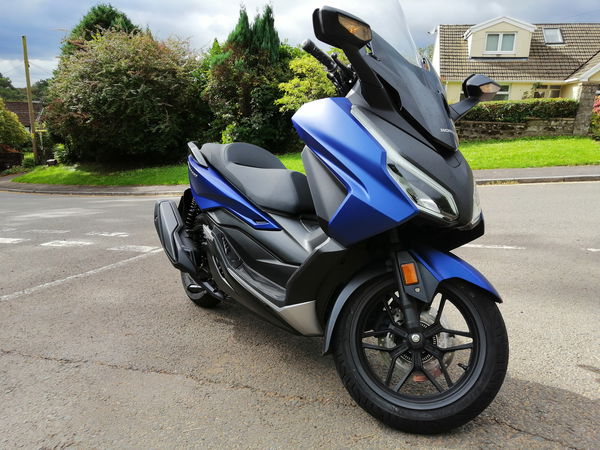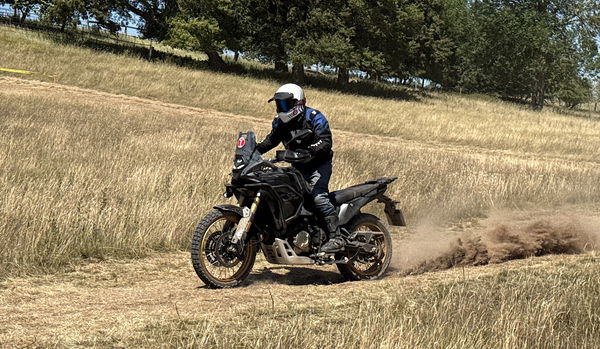Aprilia RS457 Review
Aprilia’s A2-friendly sports bike is exciting, looks great and is thoroughly useable
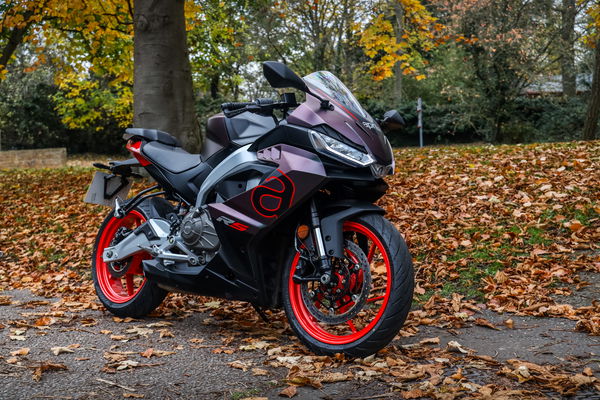
A2 license holders have never had it so good - there’s simply stacks of choice right now. On the one hand, there’s Royal Enfield, which seems to be bringing out a new A2-compliant motorcycle every other week, while at the other end of the spectrum, the 2025 Ducati Panigale V2 and 2025 Streetfighter V2 will be available in A2 form.
Sitting somewhere in the middle of that is the Aprilia RS457. It’s A2 compliant out of the box with no need for restriction, but otherwise, it looks anything but entry-level, with an exotic construction and a decent level of technology.
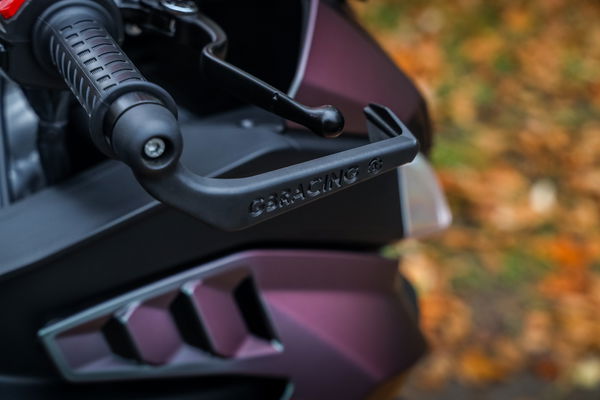
Is it the most fun way to use an A2 license? I spent a week and a half with one and rode it for several hundred miles on urban roads, twisty country roads and motorways to find out.
Aprilia RS457 pricing and availability
The RS457 is available now and starts at £6,630, although we have seen it on offer for £5,999. One finance example we’ve seen involves an APR of 10.9 per cent, with a £499 deposit, 48 monthly payments of £96.40 and an optional final payment of £2,709.
RS457 engine, chassis and technology
Unlike the Yamaha R3, Kawasaki Ninja 400 Honda CBR 500R, which all use steel frames, the RS457 has an aluminium frame which uses the engine as a semi-stressed member, much as the RS660 does. That engine also sets the Aprilia apart from those aforementioned rivals, which all feature parallel twins with 180-degree crankshafts. Here, the twin gets a 270-degree crank, just like a lot of more expensive middleweight parallel twins, the RS660 included.

As you’re no doubt bored of hearing right now, that means an offset firing order. That makes for an engine that rumbles like a V-twin, rather sounds like a sewing machine as is usually the case for 180-degree lumps.
It develops 47bhp, bang on the A2 license limit, with peak power arriving at 9,400rpm. Peak torque of 31lb ft meanwhile comes in from 6,700rpm. All of that is tamed via three levels of traction control and three riding modes, while the two-channel ABS can be switched off at the rear.
The chassis features a 41mm thick fork providing 120mm of travel, and a monoshock at the other end with a 130mm stroke. Slowing things down is a single 320mm disc at the front plus a four-piston calliper, while the rear gets a single-pot calliper and a 220mm rotor.
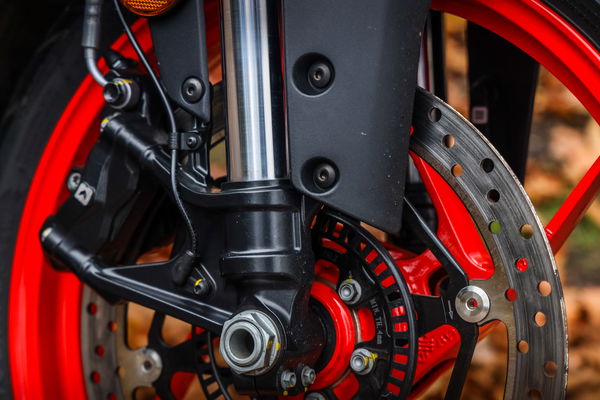
There are, unsurprisingly, 17-inch wheels front and rear, shod in 110/70 tyres at the front and 150/60 at the rear.
What’s it like to ride?
What you notice when walking up to the bike and then throwing a leg over is just how grown up it both looks and feels. Without spotting the single front disc and/or the model name on the tail, you could easily mistake it for an RS660.
Of course, you can say the same about a lot of the rivals to this bike, but the illusion on those machines is soon shattered when you prod the starter button and hear the disappointing, apologetic din of a conventional parallel twin. Here, though, that offset firing order gives a rumbly, more exotic idle that’d make this bike’s bigger bro proud.

On the move and working through the gears, the twin impresses a little less. Although a big step up from more conventional twins in the likes of the Honda CBR500R, it lacks the outright character of CFMoto’s similarly sized A2-friendly engine found in the 450MT and 450SR, sounding and feeling a little flat through the rev range.
You’re best off making the most of the mid-range, with the engine tailing off noticeably towards the top end. The accessory quickshifter is also a must - our test bike did without, and felt crying out for it.
It feels punchy enough, and although you do need to work it hard, those 47 horses make the RS457 seem reasonably quick, helped by a kerb weight of just 175kg.
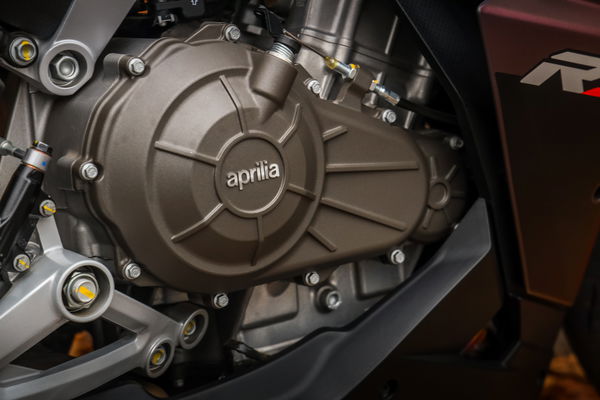
That kerb weight makes for super quick changes of direction when commanded. Making up for the slightly underwhelming engine, the RS457 is a real joy to throw around, whether you’re slicing through traffic or hustling down a tight, twisty country road.
You’d be wrong to expect a sophisticated feel to the damping at this kind of price, but the RS457 does a decent job of soaking up the B-road chunk, only losing its cool over particularly harsh undulations.
The riding position is reasonable but not excessively sporty. Yes, there are clip-ons, as there should be for a sports bike, but they’re on fairly chunky risers. The pegs aren’t too high, either. I put some long stints on the bike and wasn’t left aching at the end of it, yet when on the right road, I felt as though I had plenty of weight over the front wheel.
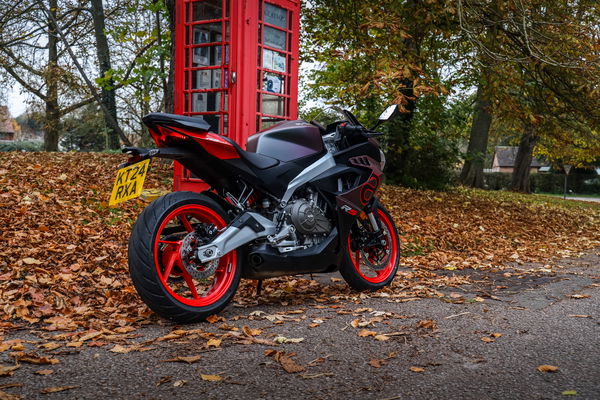
The brakes do the job well enough, meanwhile, but do leave you a little wanting when really grabbing a handful.
As we’ve found with a lot of Aprilia models, the RS457 doesn’t feel like the fanciest thing behind the wheel. The TFT’s graphics aren’t bad, but they don’t exactly have a wow factor either. There are also vast swathes of cheap-looking plastic in your field of view, and the switchgear is basic.
Should you buy an Aprilia RS457?
Although I was left a touch disappointed by the engine and would like some of the materials to be a bit nicer, I’m happy to bill the RS457 as one of the best bikes you can buy that’s A2 compliant out of the box.
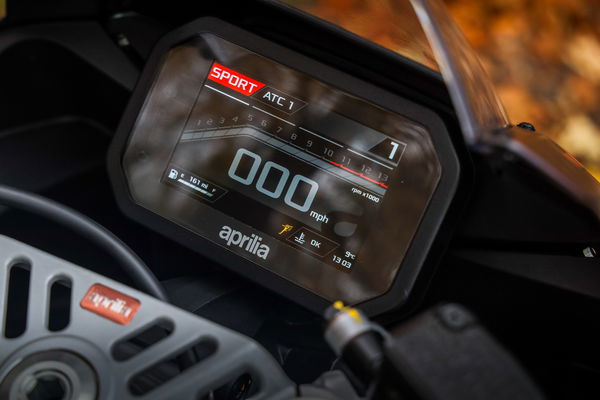
Unlike so many other A2 bikes, it avoids feeling like a poor relation to the big stuff, and the chuckable attitude its low weight figure allows might just win over a few people on unrestricted licenses jaded by heavy, over-powered bikes.
Arguably the RS457’s biggest competition comes from the same stable, with the Tuono 457 coming out at EICMA 2024. Unlike the RS660-aping RS457, though, the baby Tuono doesn’t pull off the same lookalike trick. I know which one I’d rather.
